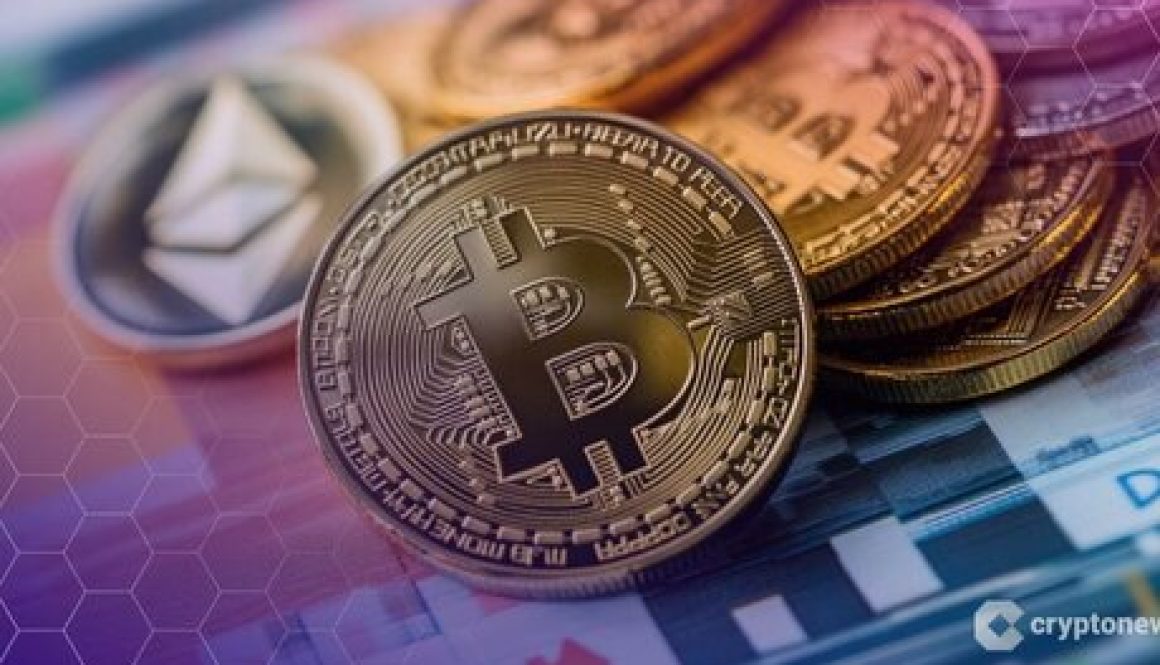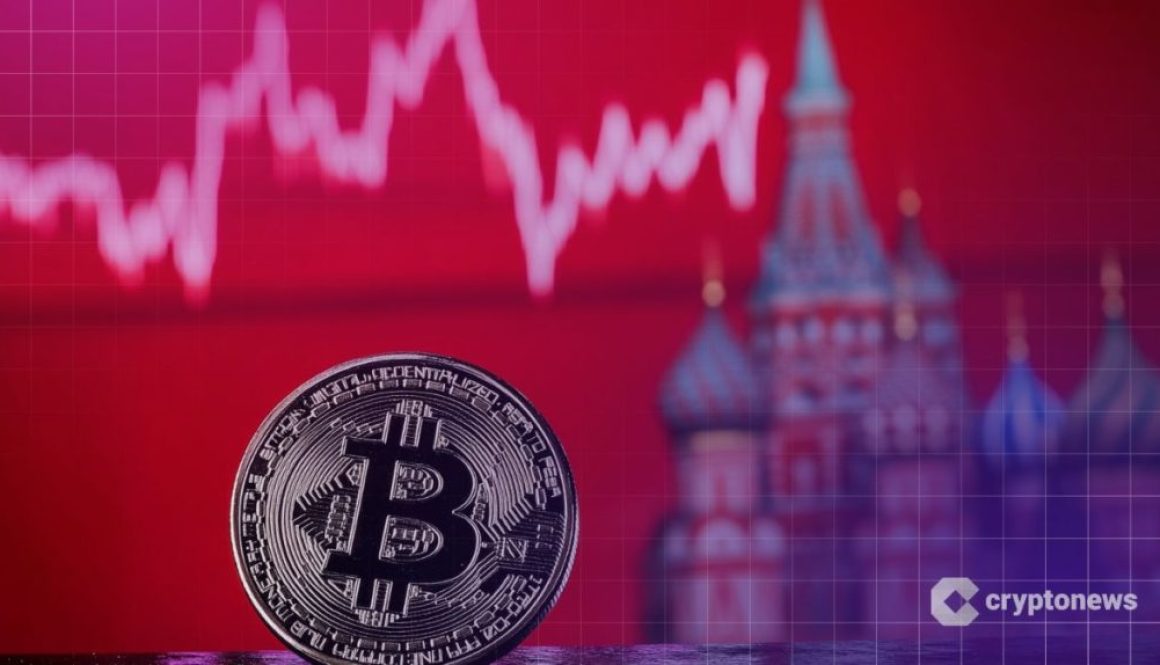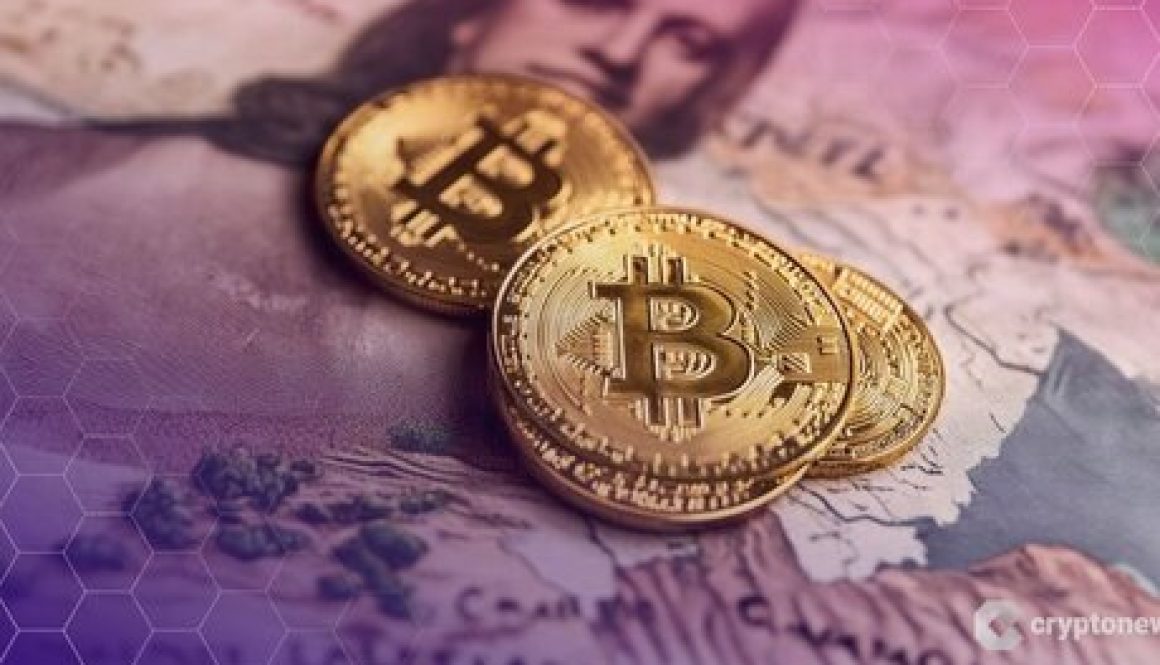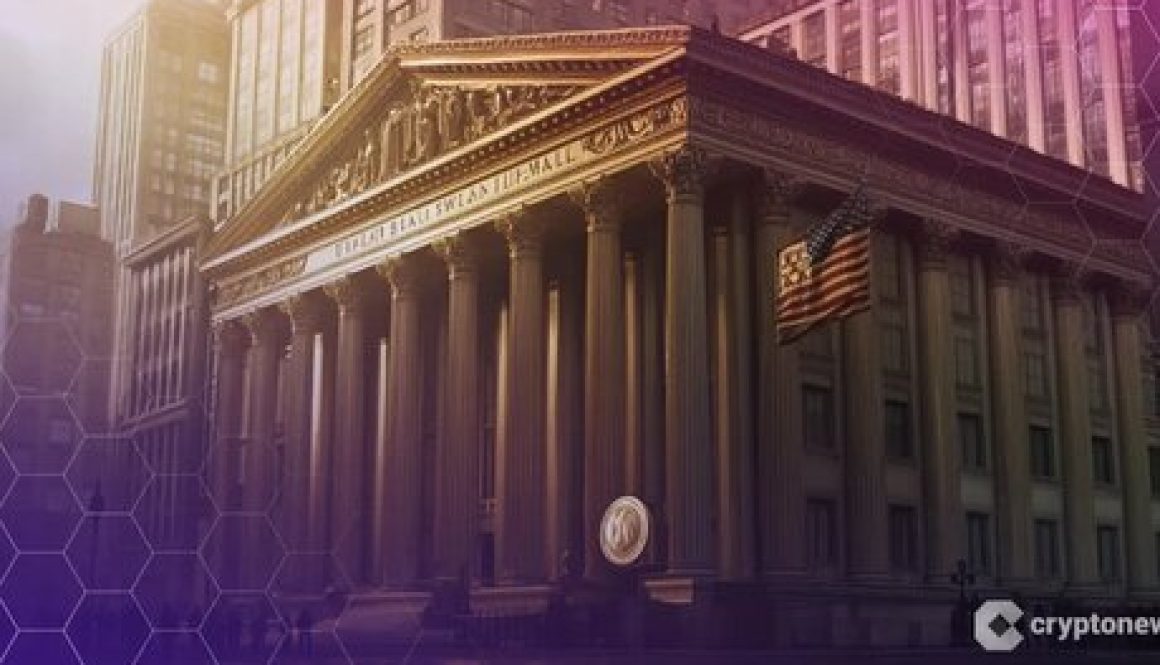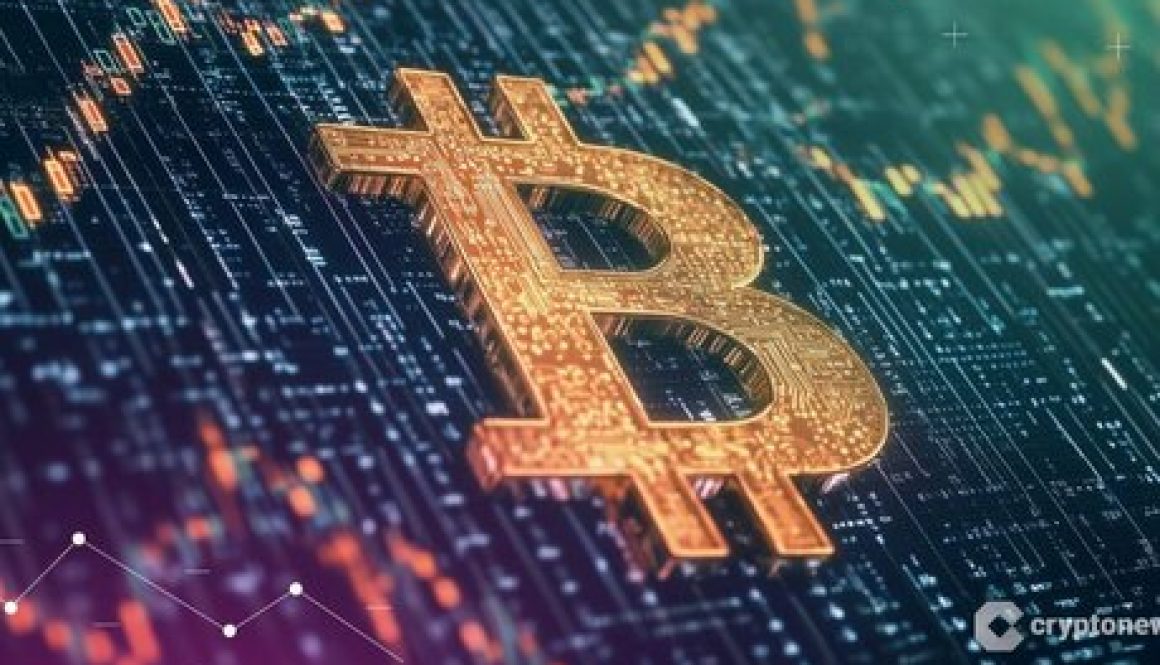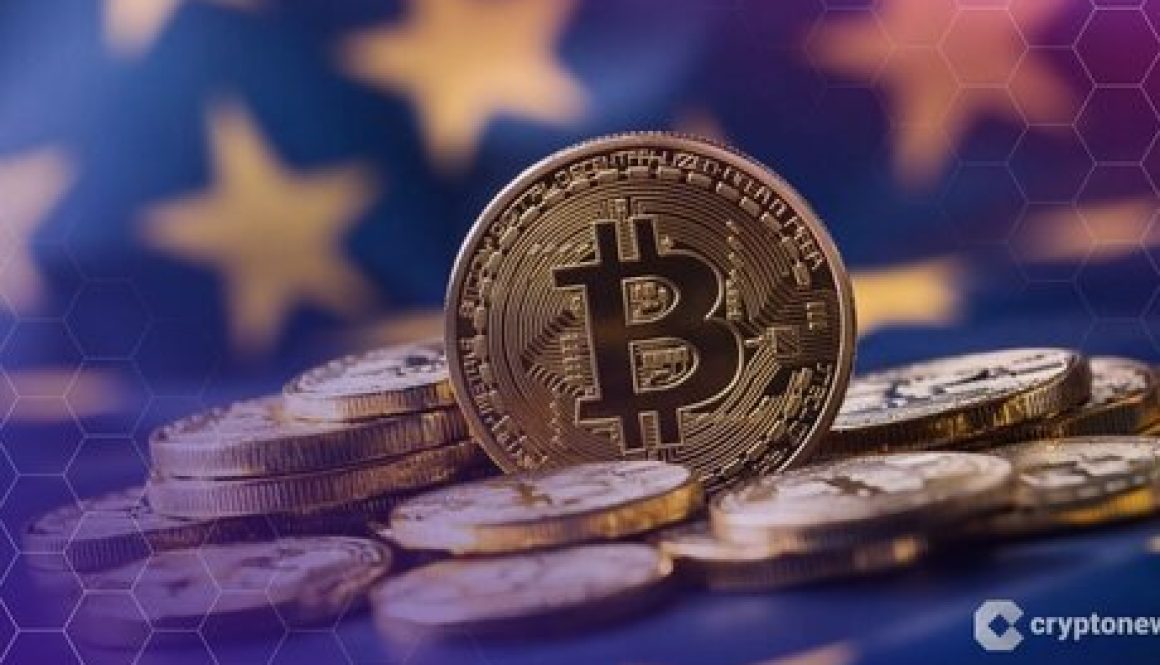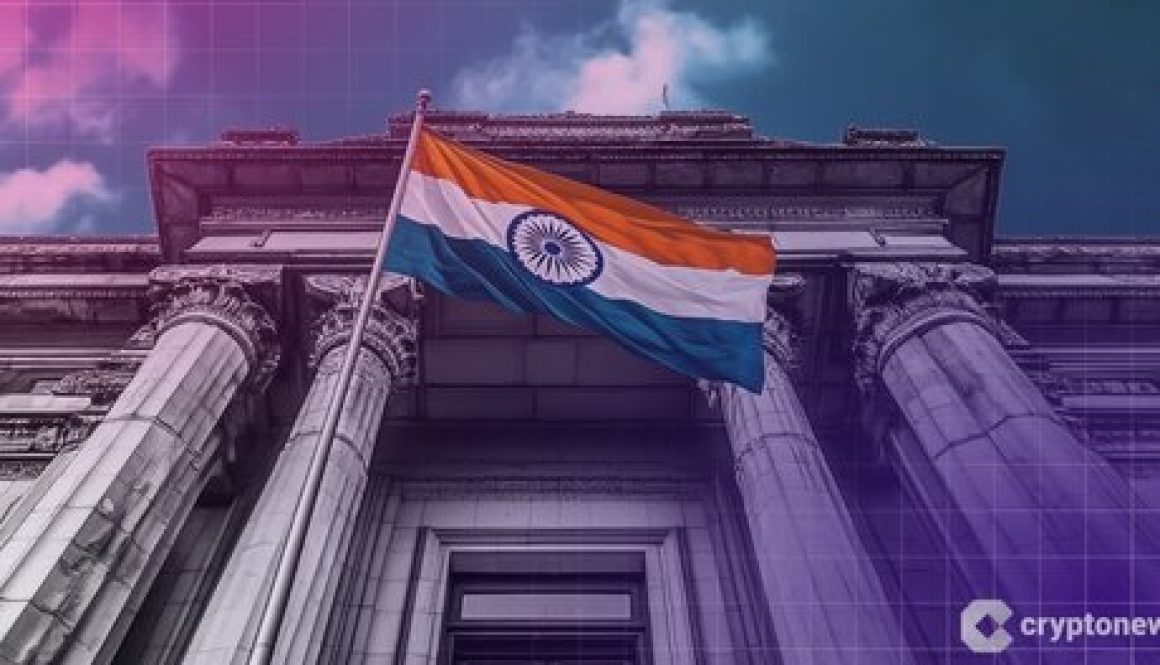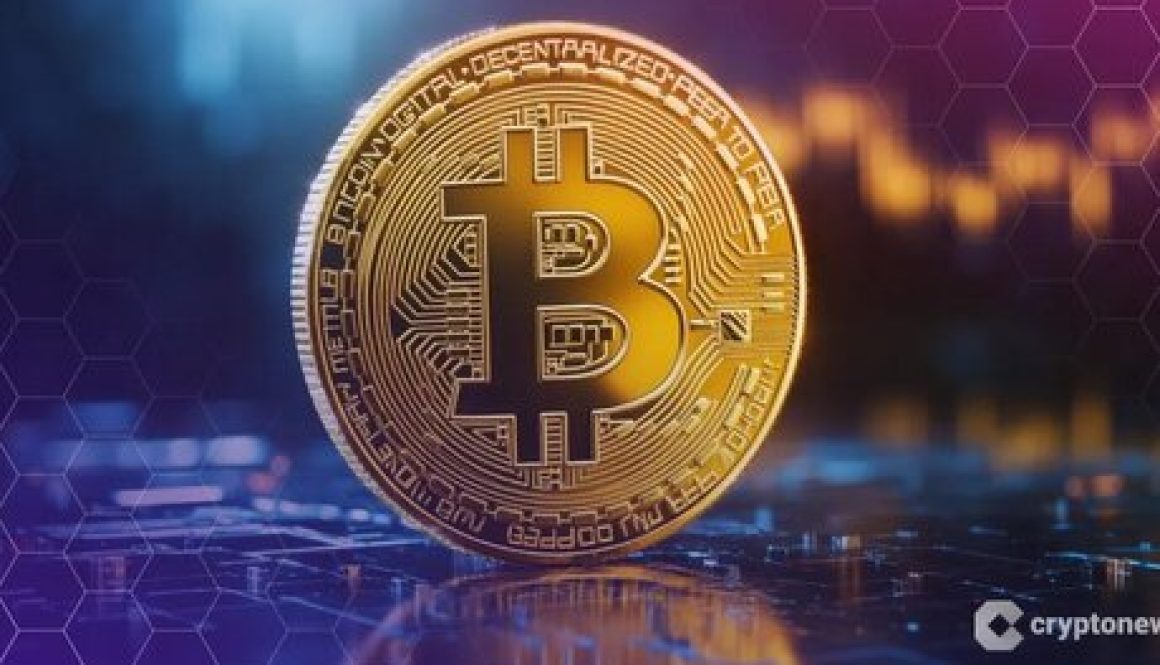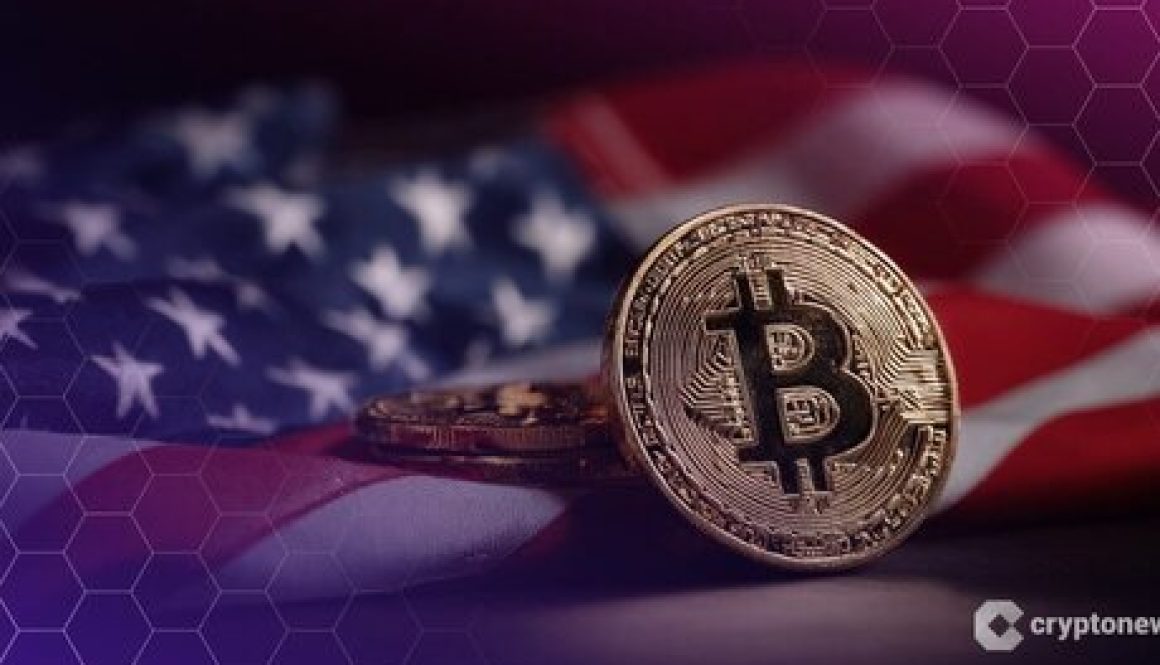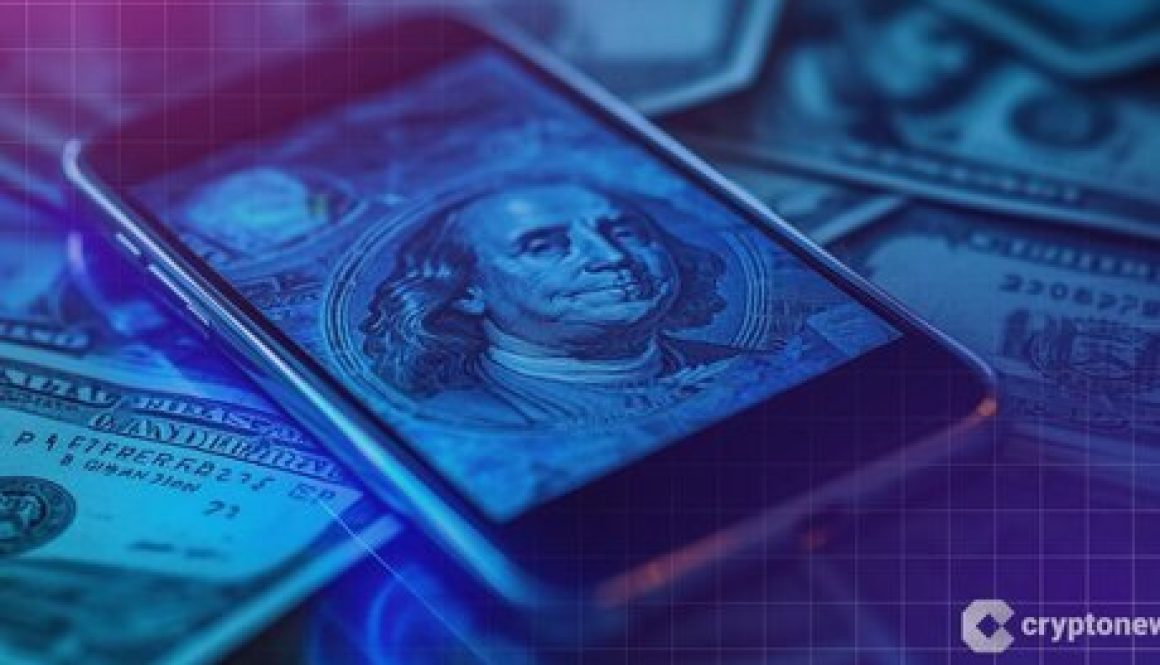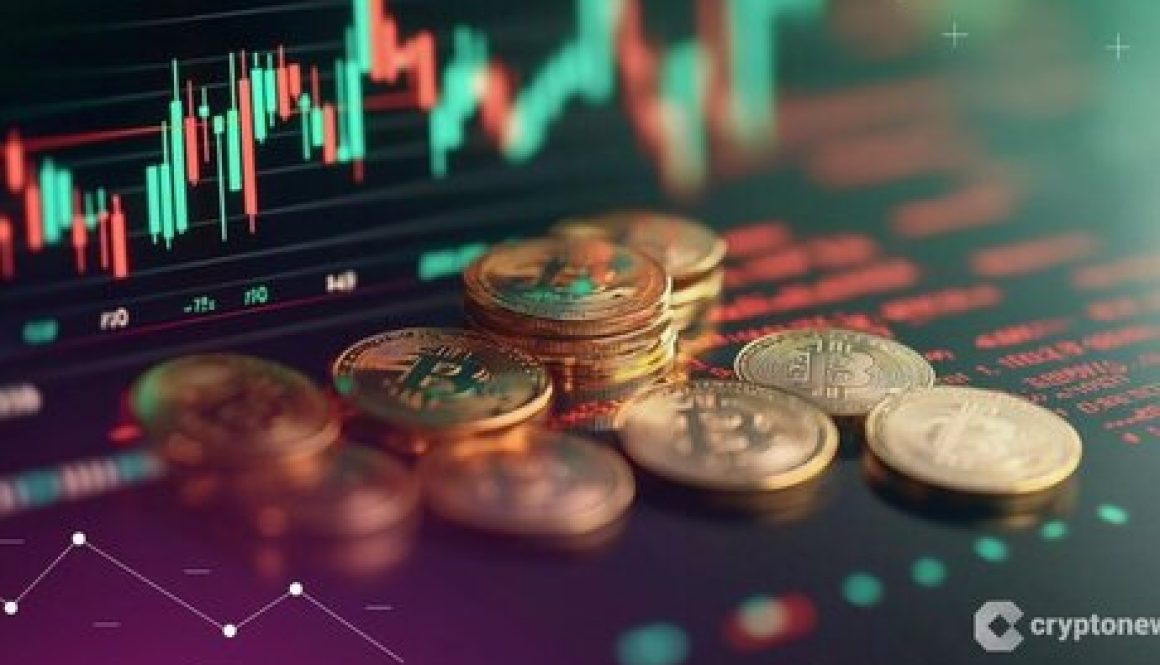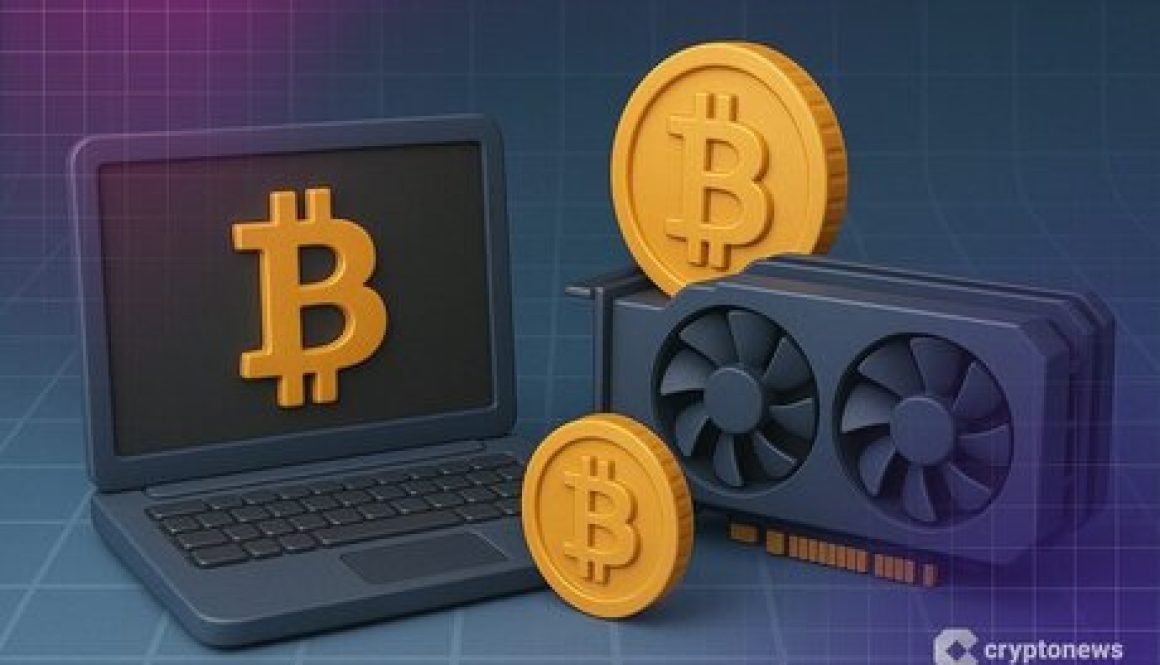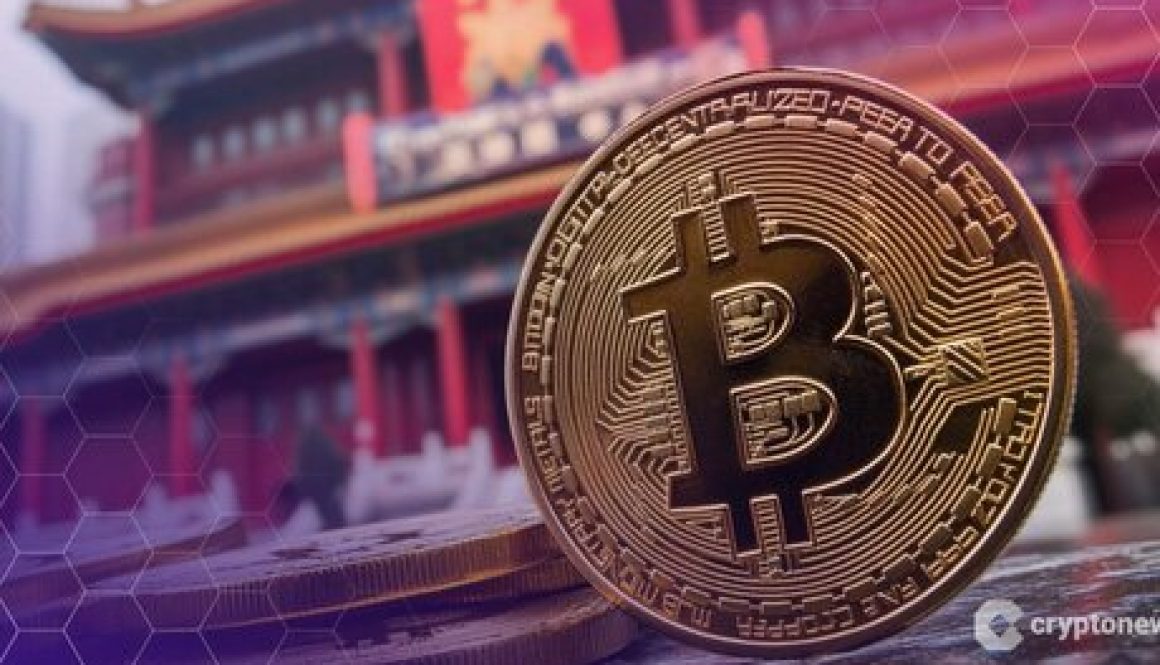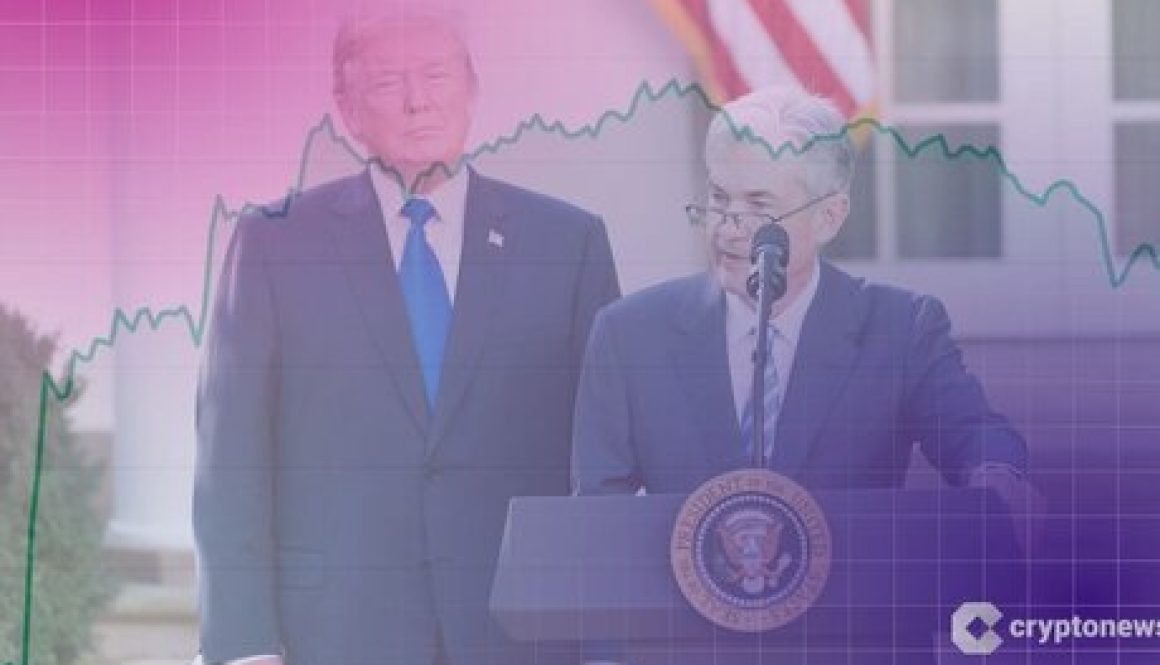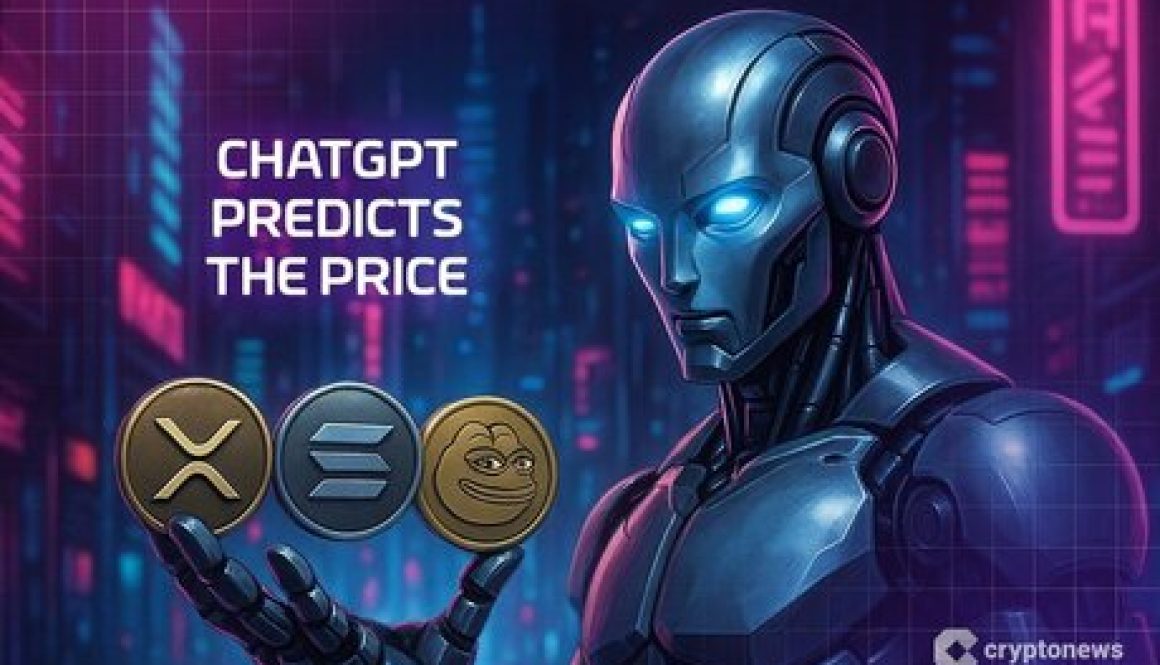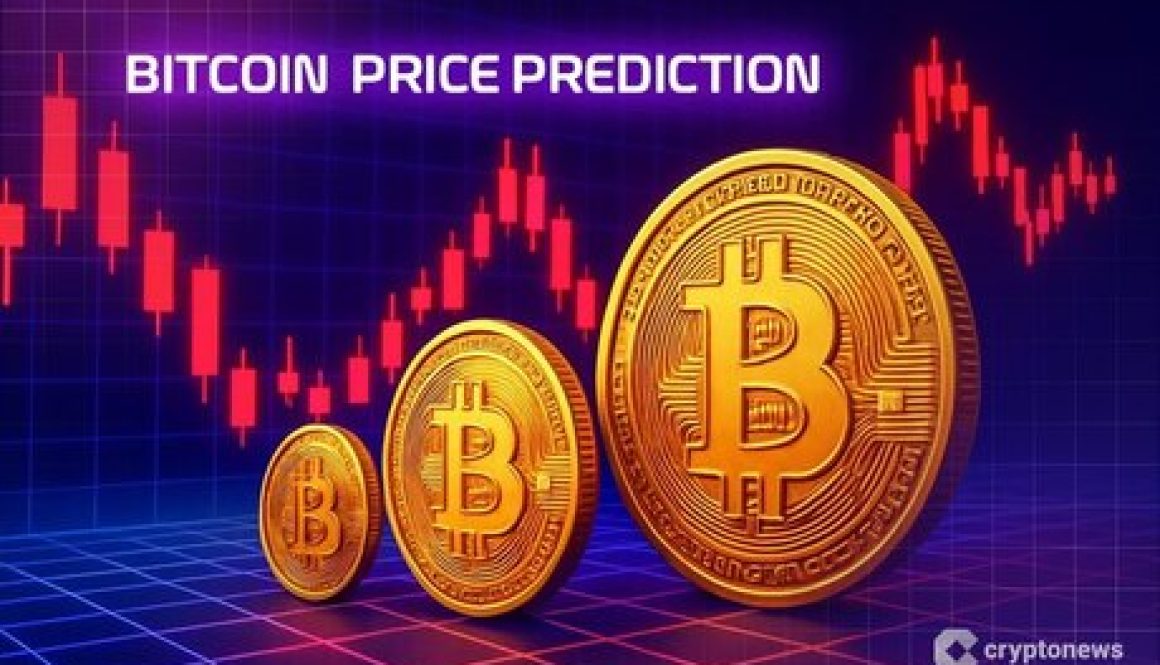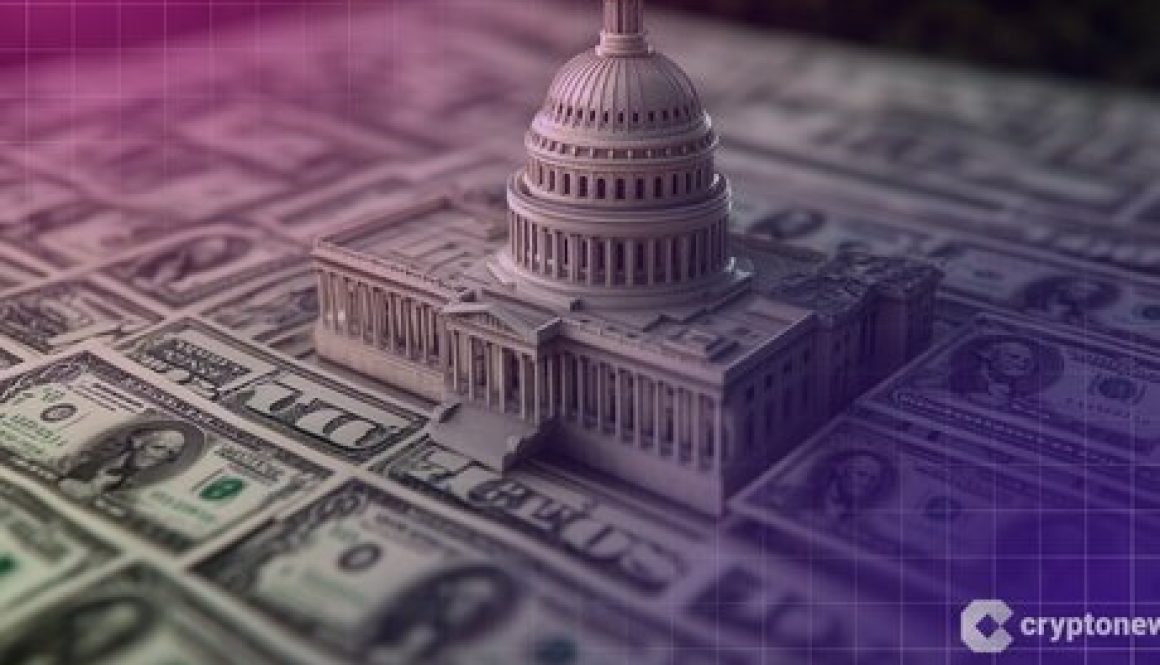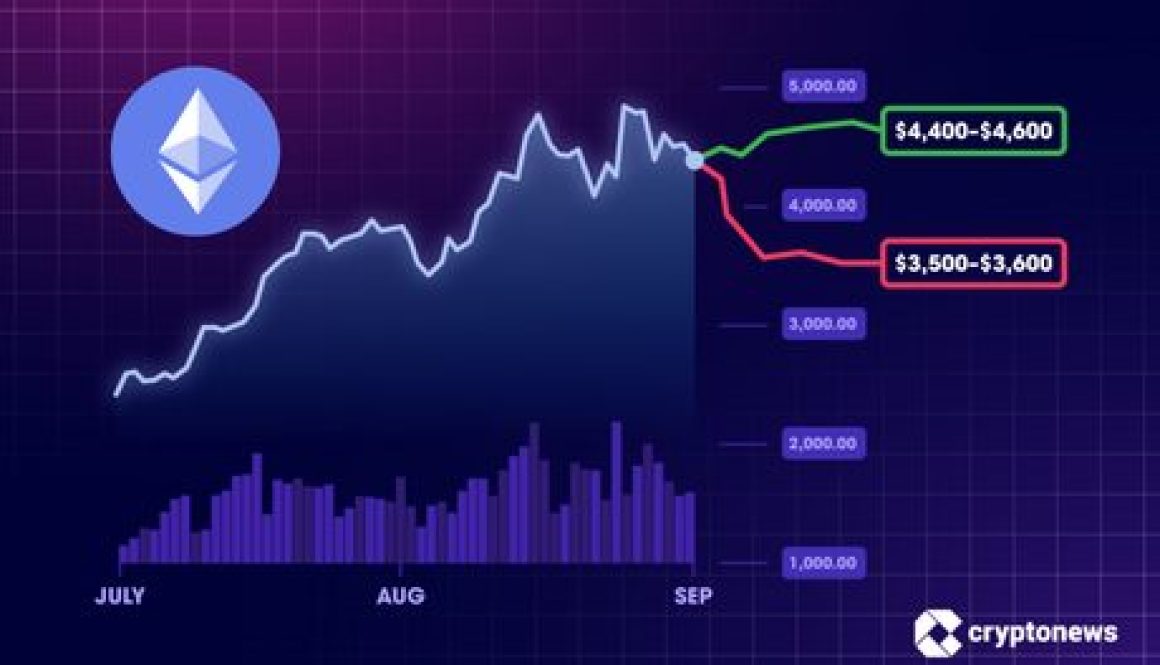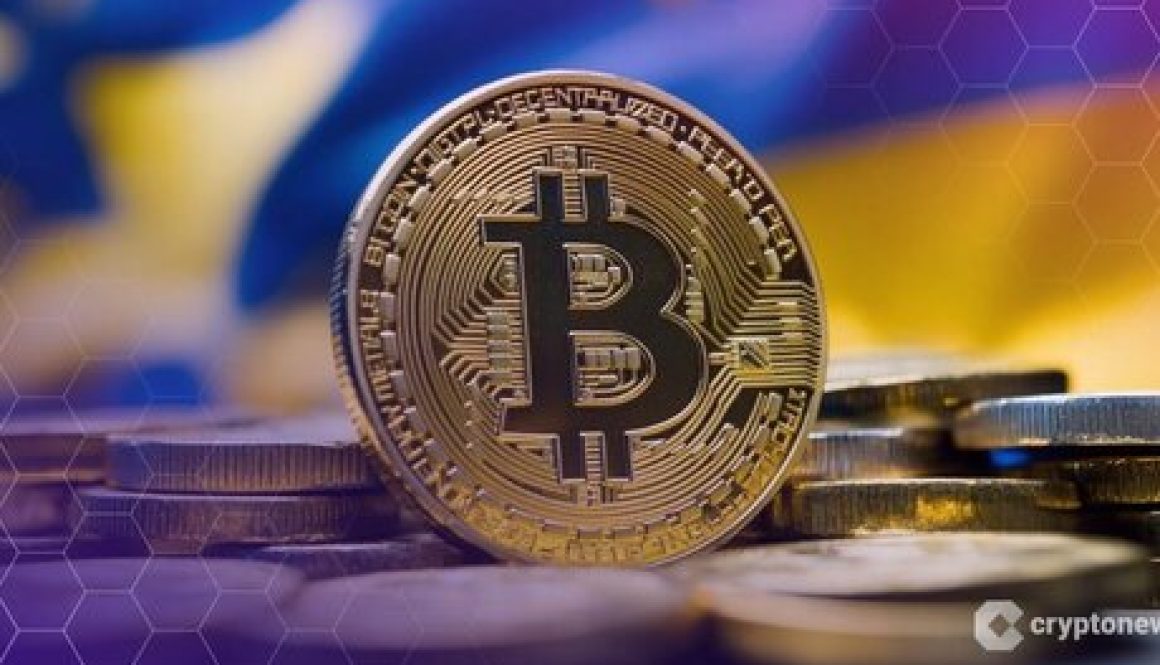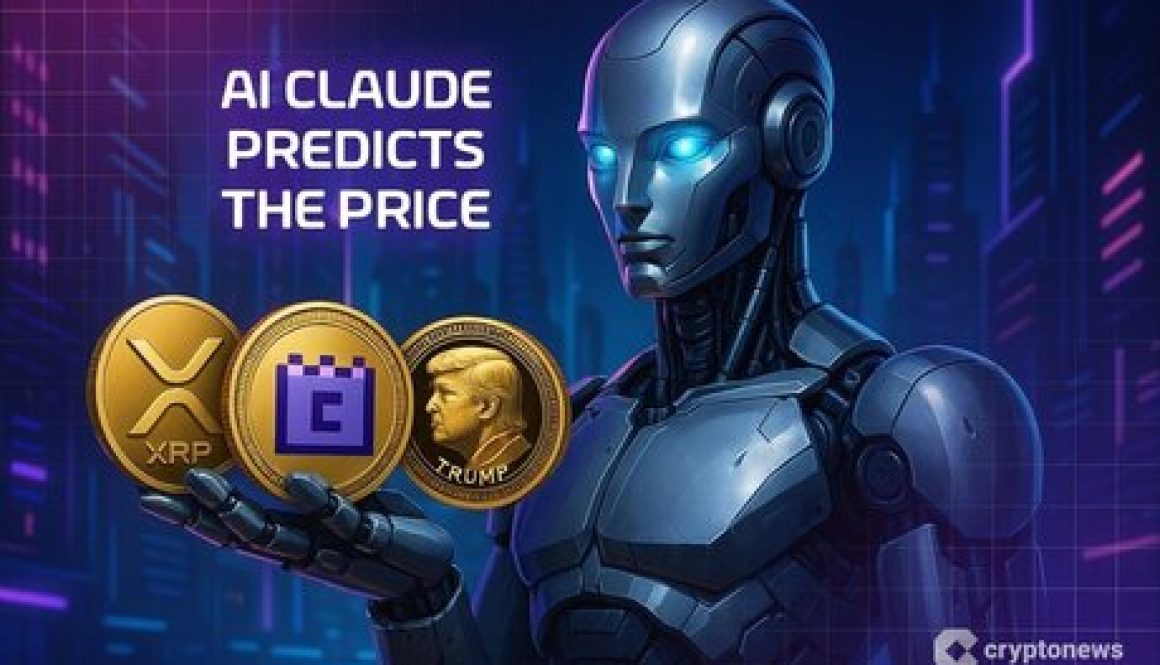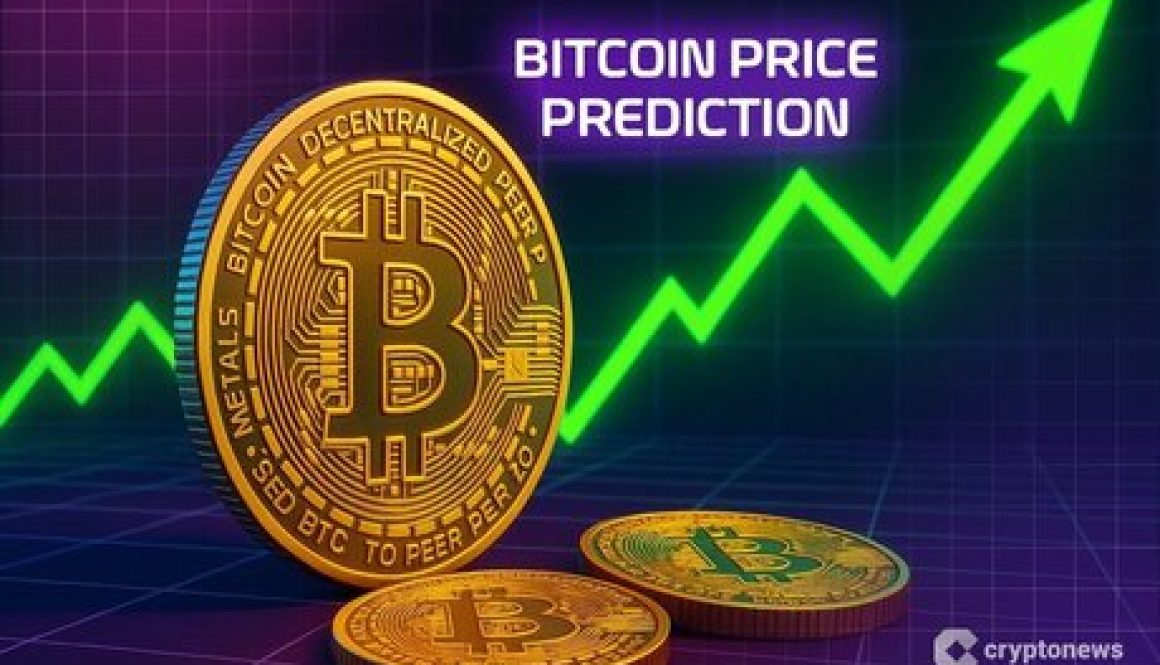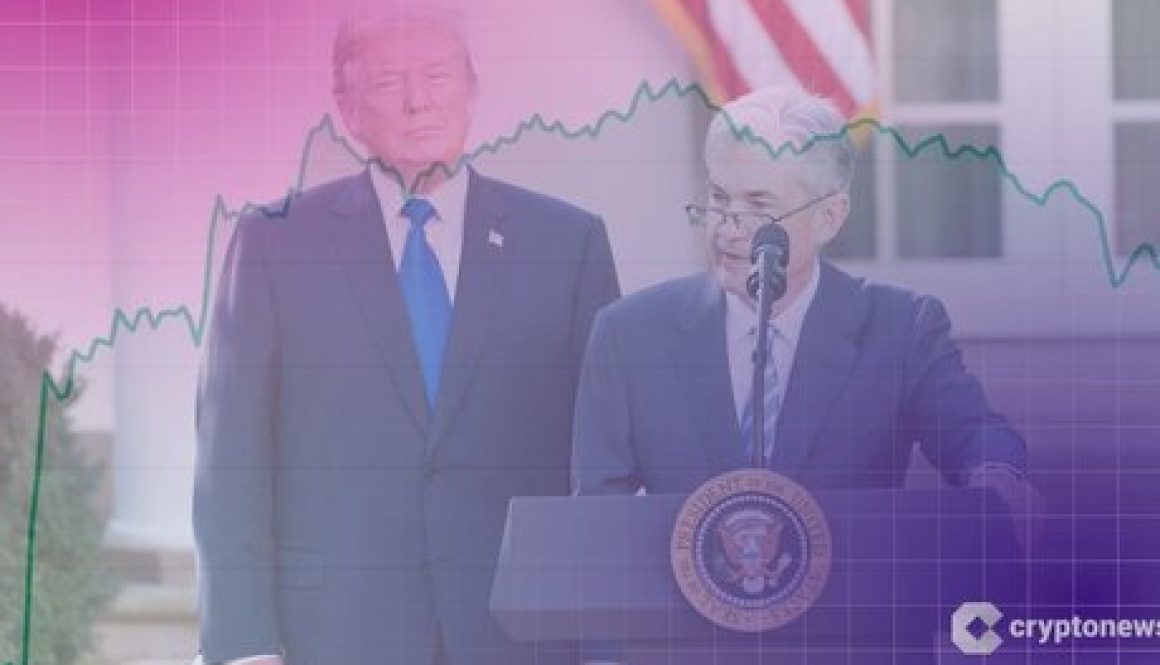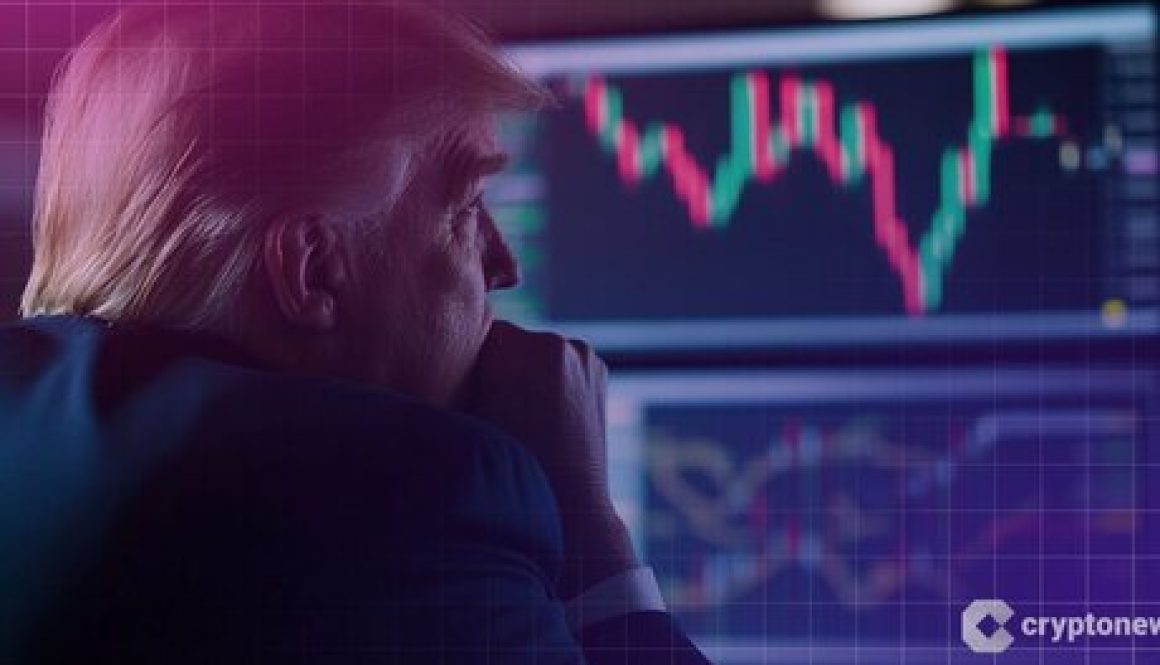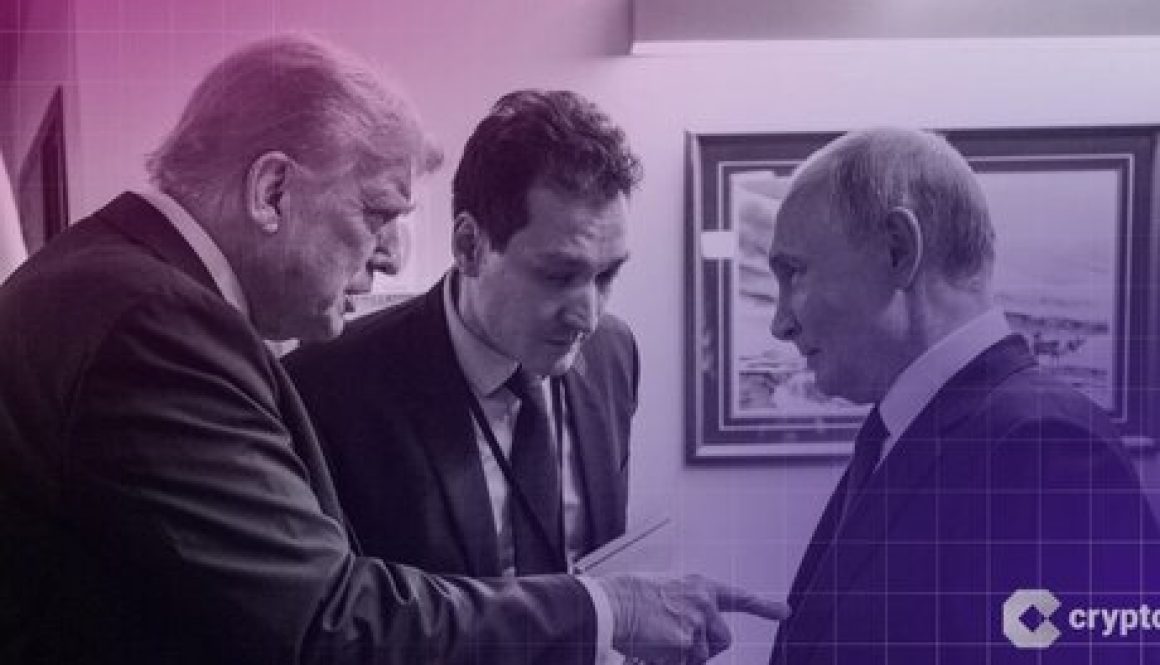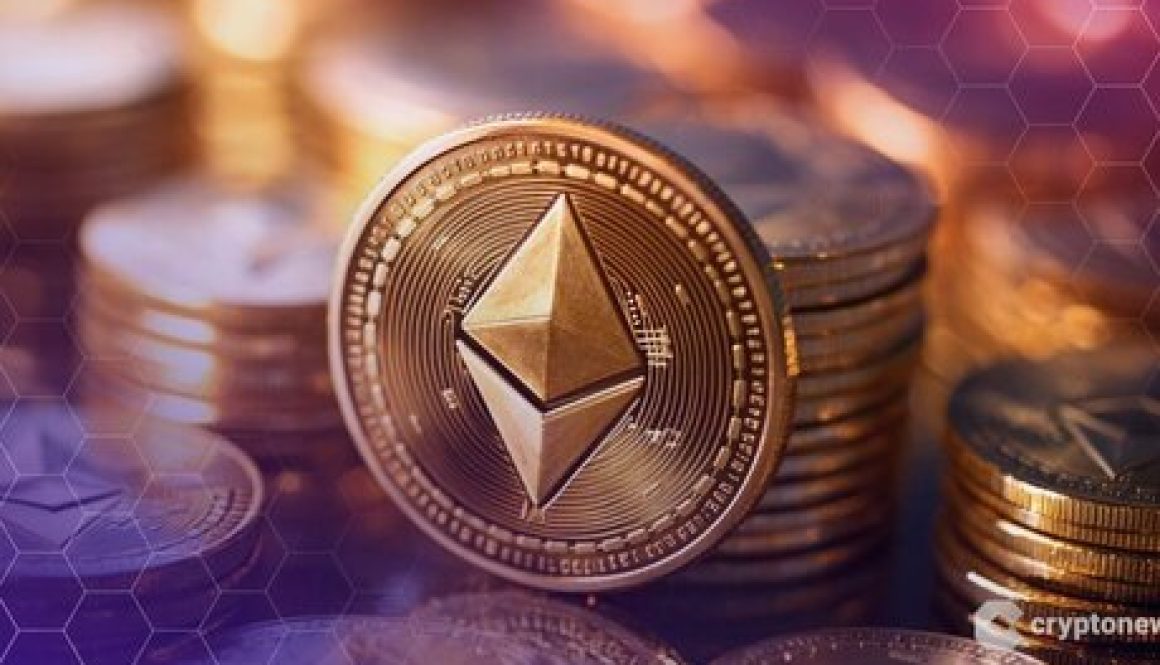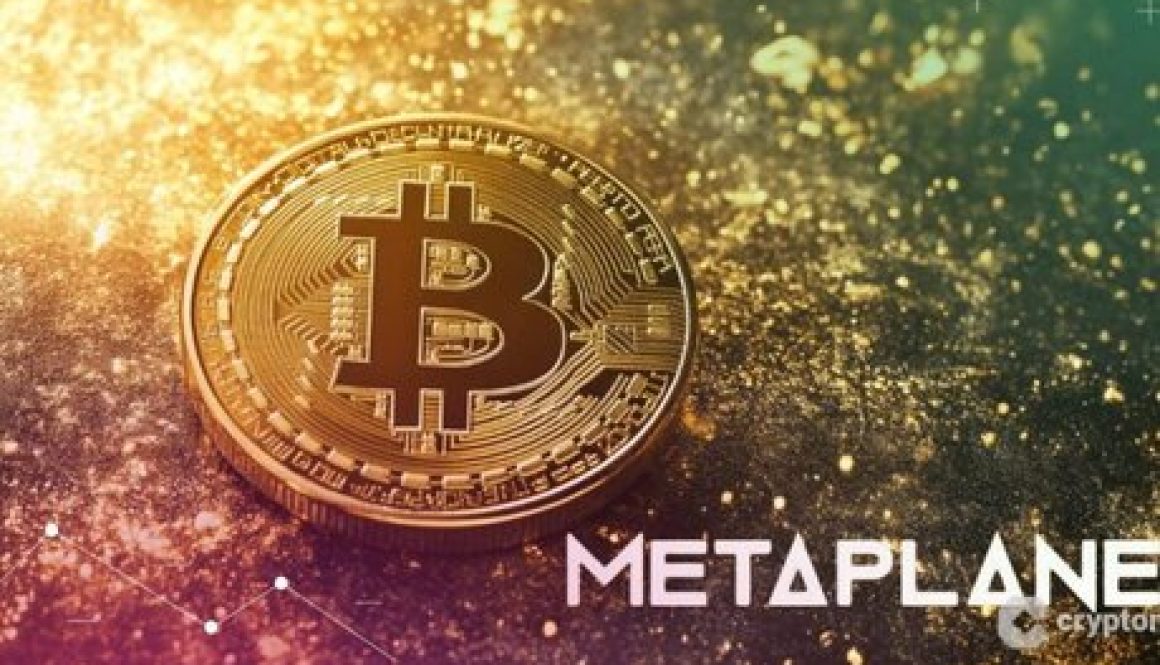Ethereum Preaches Decentralization, But Core Dev Says 10 People Run Everything
(Crypto News)-22/10/2025
Former Geth lead developer Péter Szilágyi published a scathing May 2024 letter to Ethereum Foundation leadership, revealing that a small circle of five to ten people effectively controls the entire ecosystem despite public claims of decentralization.
The letter exposes how project success depends on securing backing from the same individuals around co-founder Vitalik Buterin, who maintains “complete indirect control” over Ethereum’s direction through his attention, donations, investments, and researcher brain-power allocation.
Core Developer Exposes “Useful Fool” Dynamic
Szilágyi warned that Ethereum created a “ruling elite” where new projects no longer conduct public offerings but instead reach out to the same people for initial investment or advisorship roles.
The developer described feeling like a “useful fool” caught in a lose-lose situation where pushing back against power players gradually chips away at reputation, while remaining silent allows big players to reshape the protocol.
He earned just $625,000 over six years managing Ethereum’s primary execution client with zero benefits or raises, describing Foundation employment as “a bad financial decision” that created “a perfect breeding ground for perverse incentives, conflicts of interests and eventual protocol capture.”
His revelations follow recent criticism from Polygon co-founder Sandeep Nailwal and concerns about Paradigm’s growing influence through projects like Tempo.
Szilágyi emphasized that despite Geth being the oldest team in the ecosystem apart from Buterin himself, “I really don’t see that much appreciation for sticking around.“
He noted Twitter sentiment elegantly summarizes the feeling as “we’re happy you built an empire for us, now move aside and let the people who can make us money take the lead.“
The developer stated, “We set out to build something great, but we will readily shed all our principles the moment there’s enough money on the table.“
Small Cabal Controls Ethereum
Szilágyi revealed that “everyone within the ecosystem was banking on” Buterin’s influence for the past decade, with early founders vying for power internally before conference attendees realized “the key to success is Vitalik.”
The dynamic evolved into “a small cabal of high profile Ethereum thought leaders, the same 5-10 people having investments and advisorships in everything.”
He noted that achieving success now requires getting “the correct 5-10 people around Vitalik – or even him – to commit,” citing Farcaster as a case example.
The developer explained that securing Bankless investment guarantees podcast promotion, while recruiting researchers as advisors, both solve technical problems and reduce perceived friction with the Ethereum mainnet.
He observed, “You find the same exact people behind all the new projects launching, each project directly playing into each other’s hands and if you zoom out enough, you will also find the same VCs on the outside.“
Buterin has “direct indirect control” despite Ethereum’s decentralized claims, with his opinions defining “what’s permitted and what isn’t permitted in the ecosystem at large.”
Szilágyi noted the strategy for gray-area behavior involves convincing Buterin, “it’s ok-ish,” to gain approval.
He stated, “Ethereum’s direction always boiled down to your relationship with Vitalik,” explaining the psychology that “you’re much more lenient with your friends than outsiders, so be friends with the kingmaker.”
Foundation’s Compensation Strategy Enabled Protocol Capture
Szilágyi warned the Foundation “set the protocol up for capture” by underpaying people who truly cared about Ethereum, forcing trusted contributors to seek compensation elsewhere.
The developer stated, “the Foundation took away life changing money from every single one of their employees over the past decade and no last-minute action is going to matter the least bit.”
He noted leadership was “so blinded by their infinite battle-chest and Vitalik by his own personal wealth, that they never even considered that the people working for them would also like to live a similarly comfortable life.”
The situation arose from Buterin’s “well-meaning and naive strategy of subtraction” and “unimaginably disconnected-from-reality belief that people don’t care for financials.“
Almost all initial Foundation employees left long ago as “the only reasonable way to actually have a compensation proportional to the value being created.”
Szilágyi believes the Foundation “overly abused the fact that some people were in this for principles, not for the money,” paraphrasing Buterin’s compensation philosophy as “if someone’s not complaining that they are paid too little, then they are paid too much.”
He stated the Foundation is “structured internally to deliberately hide this information,” suggesting that even if initially accidental, “the Foundation has since leaned full weight into it.”





